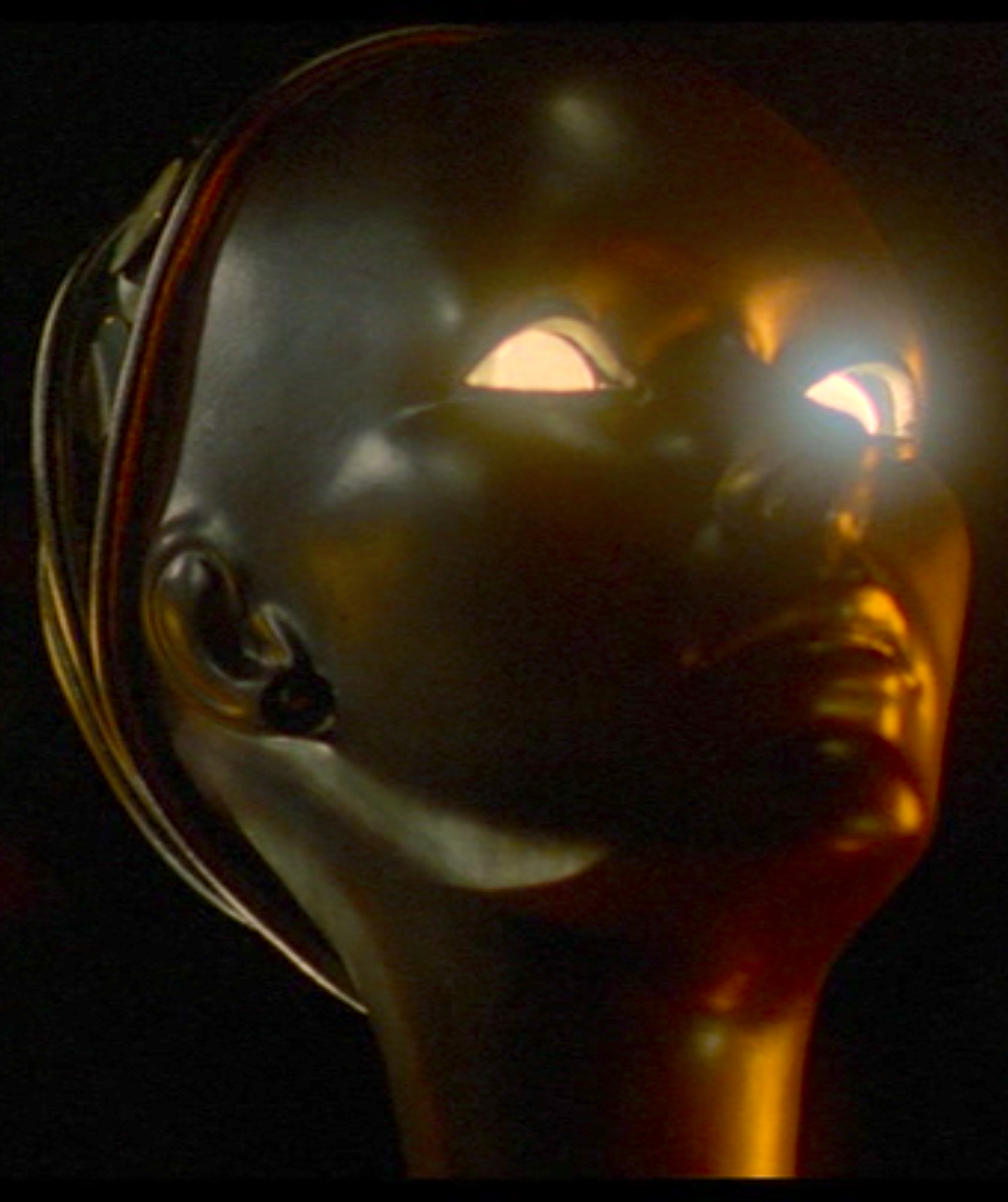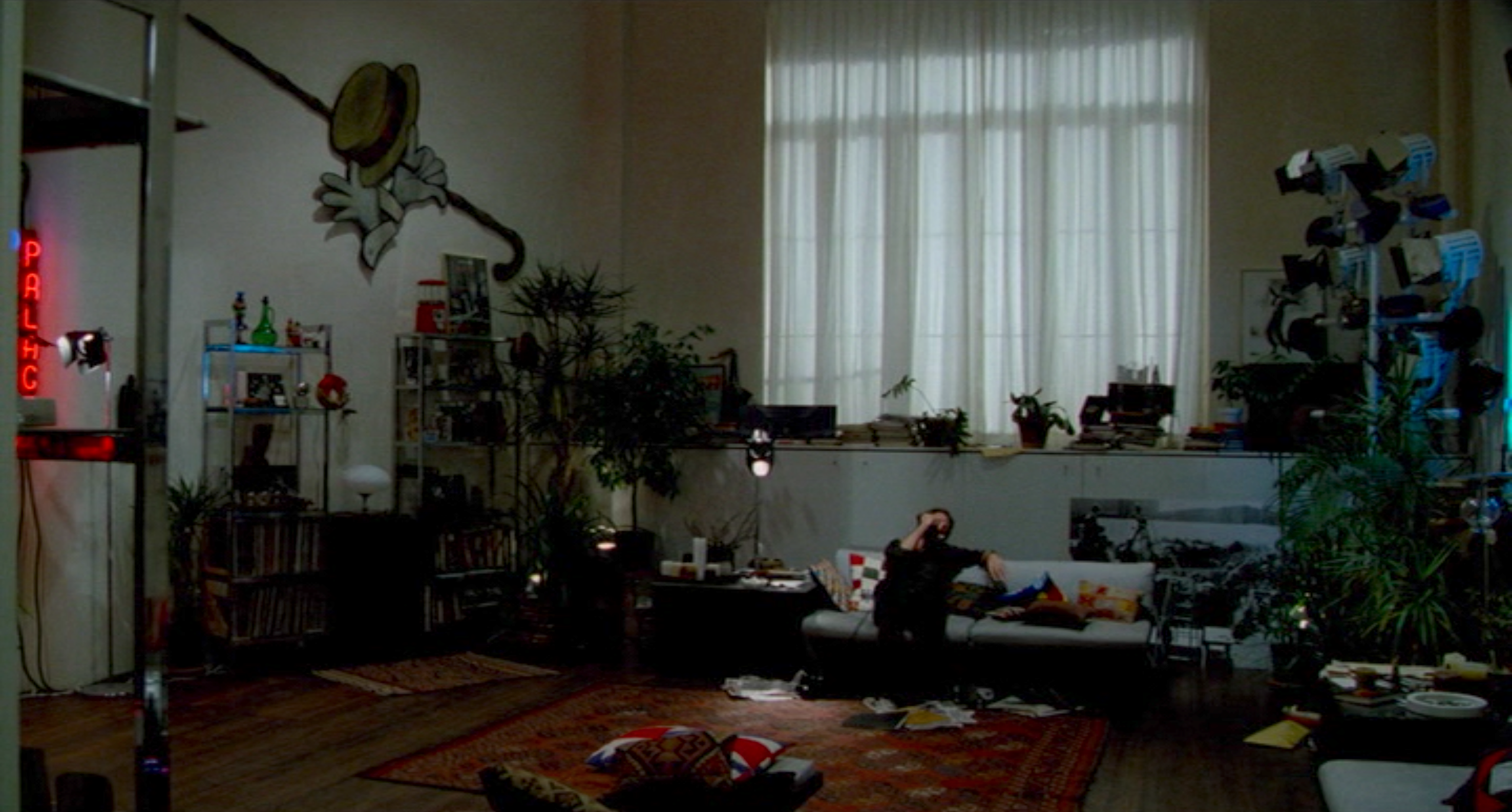The Furniture: All That Jazz and the Creative Erotics of Scaffolding
 Monday, May 22, 2017 at 12:00PM
Monday, May 22, 2017 at 12:00PM "The Furniture" is our weekly series on Production Design. You can click on the images to see them in magnified detail. Here's Daniel Walber ...
 All That Jazz (1979) is the only Palme d’Or winner to have won the Oscar for Best Production Design. I do not have an explanation for that. Luck of the draw, really. But, as we await the prizes at this year’s Cannes Film Festival, this odd piece of trivia is an excellent excuse to take a closer look at Bob Fosse’s masterpiece.
All That Jazz (1979) is the only Palme d’Or winner to have won the Oscar for Best Production Design. I do not have an explanation for that. Luck of the draw, really. But, as we await the prizes at this year’s Cannes Film Festival, this odd piece of trivia is an excellent excuse to take a closer look at Bob Fosse’s masterpiece.
There are actually a few odd things about the film’s Oscar record. It’s not only a rare Oscar-winning remake, but a remake of another production design nominee: Federico Fellini’s 8½. The four designers who took home the prize for All That Jazz include not only production designer Philip Rosenberg and art directors Gary Brink and Edward Stewart but also Tony Walton, who was credited as “fantasy designer.”
The “fantasies” in question are a big part of what connects All That Jazz with its predecessor...
Fellini used 8½ to refract his personal and professional life into a bizarre whirlwind of cinematic dreams, centered on a fairly obvious surrogate character. Fosse does essentially the same thing, replacing Marcello Mastroianni with Roy Scheider. He even borrows some of the early film’s images, including a great deal of scaffolding.
These towers above are among the most striking images in 8 ½, science fiction skeletons for an upcoming film that never actually gets underway. Fellini simply uses them as a tremendous metaphor, creative excess in a state of perpetual construction.
Fosse and his production design team take this inspiration and run with it, featuring scaffolding in both ostensibly realistic scenes of theatrical rehearsal and increasingly elaborate fantasies. Here’s an example from the hospital hallucination, which takes place in an enormous sound stage.
But for Fosse, the scaffolding has even more to say. Not just the backdrop, it’s the very literal launching point for his artistic pursuits. His choreography uses these otherwise quite simple structures as both platform and inspiration for motion and form. Here is Audrey (Leland Parker), Gideon’s ex-wife, practising a solo number.
Gideon finds his art by testing it out on the dancers, leading them to press their bodies against the wooden limbs of the ladder and the flesh-and-bone limbs of their castmates. These scenes all seem to take place in subterranean rehearsal rooms, the bluntly decorated depths of either Manhattan or Fosse’s mind.
But while the spaces are claustrophobic, the choreography feels infinite. Fosse’s style draws a geometric power drawn from the scaffold. The dancers merge into a constantly shifting, kinetically thrilling array of arms and legs.
The erotic appeal of the airplane number isn’t simply that the dancers are simulating an orgy at 10,000 feet, but that their passion expands to fill the entire space. The editing conspires with the choreography and the design to weave an erotic web.
And in the fantasy sequences, the sets participate in this overwhelming of the eye. There are theatrical flourishes everywhere. Take the first shot of the film’s most imaginary dimension, the psycho-spiritual space where Jessica Lange’s angel observes Gideon’s memories and obsessions. It’s like a grand warehouse of the artistic mind.
His home is similarly cluttered, a messy array of lights, furniture and souvenirs from the theater. The ceilings are astonishingly high, as if he lives on a soundstage. It’s certainly no realistic New York City apartment.
These are often the most surprising and delightful images in the whole bizarre mise-en-scène. This simple “OhWow” sign recurs throughout the film, sometimes moving about within a single scene. Above it floats a cobweb-anointed chair.
Here, to the left of the piano, sits a forgotten mannequin with an elaborate feather headdress.
Everything contributes to the elaborate, fantastical projection of the crowded creative mind. Eventually even the tall scaffolding is eclipsed by the sheer vastness of inspiration, colors and forms that become a kaleidoscope of crazed artistic energy. Life itself turns to a flood of glitter, before finally exploding in a blaze of light and arriving at the bluntness of death. In this way it is more morose than 8 ½, which uses fantasy to escape death, but also even more flamboyant in its giddy acceptance.
Previous musicals in "The Furniture" series:
My Gal Sal (1942), Thoroughly Modern Millie (1967), Dreamgirls (2006), La La Land (2016)













Reader Comments (6)
I love this movie. Absolutely brilliant and sometimes insane.
One of my favourites. A masterpiece. I remember just sitting stunned after watching.
A great film
A masterpiece. I would love to see this on the big screen.
Wonderful movie. Bob Fosse was a brilliant dancer, choreographer, stage and cinema director. Love him in Kiss Me Kate especially. Should have directed his version of Chicago. David Lynch put the name of the actress Leland Palmer in Laura Palmer's father from Twin Peaks.
I am so glad you finally got to this! Dan knows its my all time favourite and I loved every word of it (I hadn't even noticed the moving Oh Wow sign!